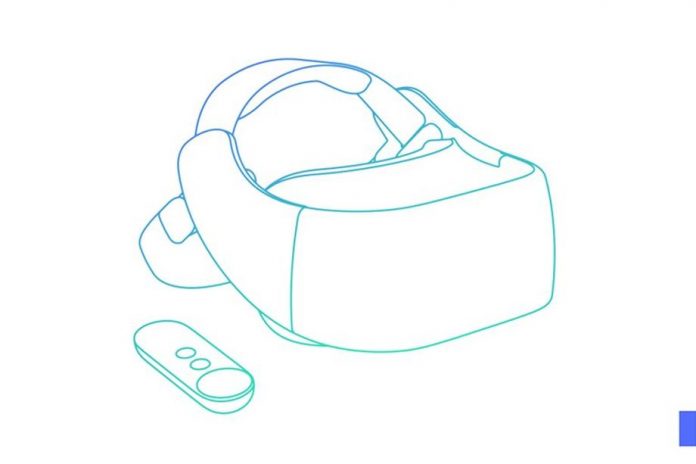Google is primed and ready to aggressively soak up more market share in the mobile VR space. Prior to the release of Google’s Daydream headset in 2016, the Gear VR was the dominating high-end mobile VR system on the market. With no true competition around, the Gear VR was able to rack up over 5 million units sold – a staggering feat considering mobile VR is still truly in its infancy stage.
Where things get interesting is in the accessible markets for both of these products. The Gear VR is a Samsung exclusive product, while Google Daydream is compatible with any Android smartphone. Google even announced during their I/O 2017 developer conference that the new Samsung S8 and S8+ phones will be Daydream ready.
This sticky situation puts Oculus in a difficult position. While Samsung served as Oculus’ exclusive mobile VR partner prior to the Daydream, that is no longer the case going forward. The relationship between Google and Samsung have much deeper roots stemming all the way to Android technology and look to go deeper with mobile VR.
Anticipating that all Android smartphones moving forward will be Daydream ready, this opens the floodgates for Google Daydream sales and will place more pressure on Oculus to make a drastic move. While Oculus does have the largest mobile VR content library for users to choose from currently, Google’s increasing market will become a more attractive option for developers in the future.
Also at the I/O 2017 developer conference, Google announced their plans to roll out a new piece of game-changing technology later this year – the standalone VR headset. Google states that users will be able to strap on the headset, boot it up and have instant access to VR content without the need of external devices.
Not only will this be the first standalone VR headset, but it will more importantly distinguish itself from products like Oculus Rift, HTC Vive, Gear VR and the PSVR which rely on external devices to work.
Though the full specs have not yet been released, Google has given us some insight into their new headsets features. Utilizing updated Daydream technology, the headset will give users the ability to go online and surf the web. But more excitingly, Google will also be incorporating their new ‘WorldSense’ technology (Possibly incorporating Tango?) which has the ability to map a user’s surroundings and create a more realistic experience.
By using built in inside-out positional trackers, the design of the headset will be greatly simplified and eliminate the need for external cameras and sensors, marking the next step forward in virtual reality technology. That’s about all that Google has chosen to reveal, wanting to obviously keep the project under tight wraps until it’s fully ready to be released to the eager public.
Between these two major announcements, Google has made it known that they plan to be a large player in the VR space going forward. There are still a lot of moving parts that have to come together, such as the need for apps and content across both devices. Regardless of the hurdles to be cleared, both gamers and developers alike can get excited about the future of VR and everything that Google will bring to it.









